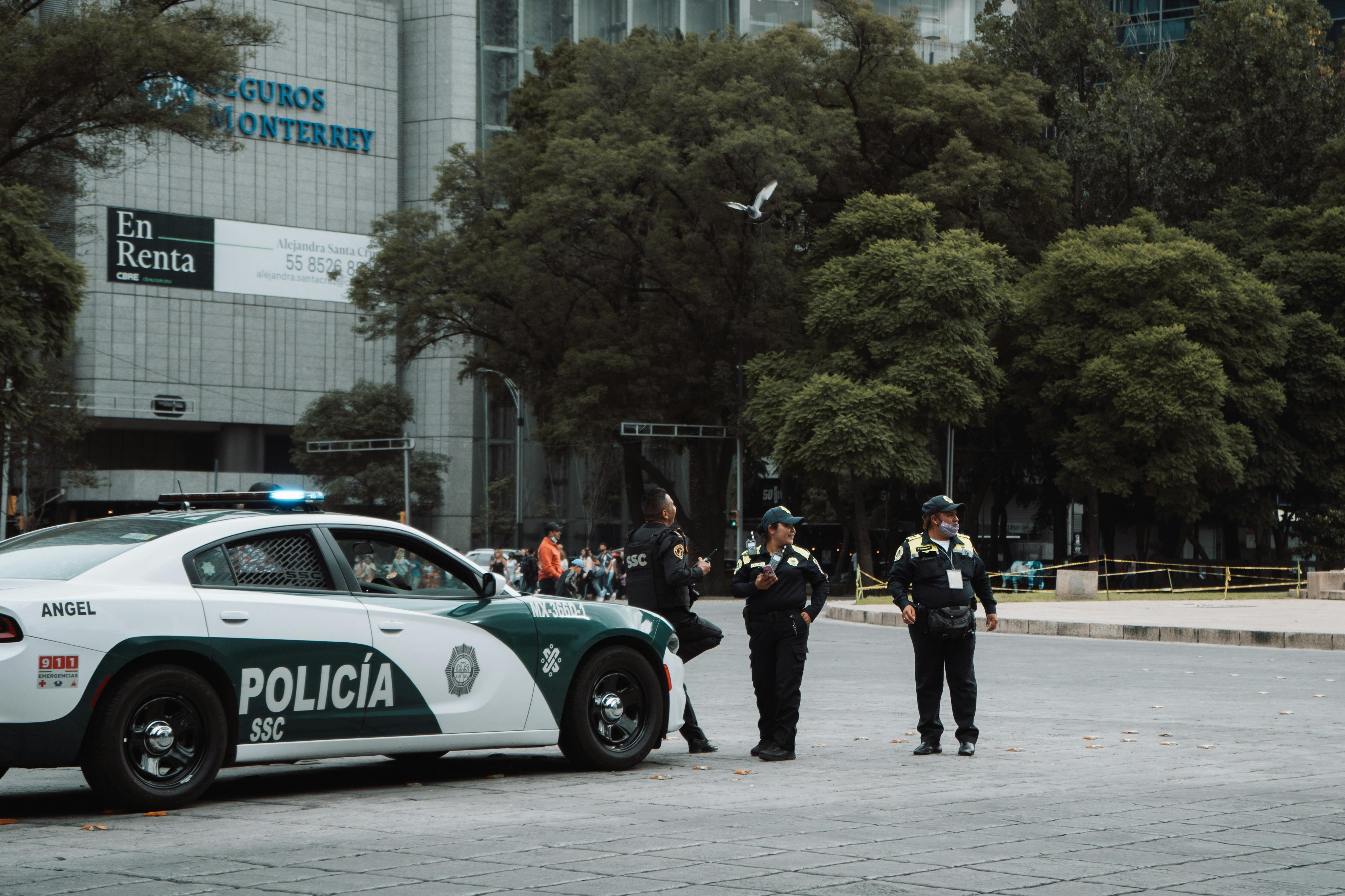
Mexico City's Eyes: Are You Being Watched?
Imagine strolling through a vibrant city, soaking in the sights, sounds, and smells of a bustling metropolis. Now, imagine that every single one of your moves is being recorded. Welcome to Mexico City, a city of over 20 million people where the gaze of 83,000 public cameras – and countless private ones – never truly blinks. While the promise of enhanced security hangs heavy in the air, the reality is far more complex. This isn't just a story about technology; it's a story about freedom, privacy, and the delicate dance between safety and surveillance. Let's dive in.
The Numbers Game: Why So Many Cameras?
The sheer number of cameras in Mexico City is staggering. To put it in perspective, that's more surveillance per capita than many major cities around the world. The primary justification? Crime. Mexico City, like many large urban centers, grapples with significant challenges related to safety. The government's argument is straightforward: more cameras equal more eyes on the streets, deterring crime and helping authorities catch perpetrators. But is it working? The data, unfortunately, paints a less rosy picture.
Here's a breakdown of the key drivers behind this massive surveillance network:
- Crime Deterrence: The hope is that the constant presence of cameras will discourage criminal activity.
- Incident Response: Cameras provide real-time information to police, enabling faster responses to emergencies.
- Evidence Gathering: Video footage serves as crucial evidence in criminal investigations.
- Political Motivation: Some argue that increased surveillance can be used to control and monitor the population, especially during protests or periods of social unrest.
The city's government has invested heavily in these systems, including the C5 (Centro de Comando, Control, Cómputo, Comunicaciones y Contacto Ciudadano), the city's command and control center. This central hub analyzes data from the cameras, attempting to identify patterns and predict potential criminal activity. They are using AI to analyze this data.
The Reality Check: Crime and Surveillance – A Complicated Relationship
Despite the massive investment in surveillance, crime in Mexico City remains a significant concern. While certain types of crime may have decreased in specific areas, overall crime rates remain high, and some types of crime, such as extortion and violent attacks, have even increased in certain areas. This raises a critical question: is the surveillance system truly effective, or is it merely providing a false sense of security?
Consider the case of Maria, a small business owner in the historic center. She installed cameras after a series of break-ins at her shop. While the cameras did capture footage of the perpetrators, the police were unable to make any arrests. This experience highlights a crucial challenge: surveillance is only as effective as the law enforcement's ability to respond and the judicial system's capacity to prosecute.
Another example: In 2023, there were several instances of police using the surveillance footage to target protesters and activists. This underlines the potential for misuse and the importance of accountability and transparency in the use of surveillance technology. It is a very sensitive issue.
The Ethics of the Gaze: Privacy Concerns and Beyond
The proliferation of cameras raises profound ethical questions. The constant monitoring of public spaces inevitably erodes individual privacy. Where do you draw the line between public safety and the right to be free from constant observation?
Here are some of the key ethical considerations:
- Privacy Invasion: Every time you walk down the street, your movements are potentially being recorded and analyzed. Where does privacy begin and end?
- Data Security: The massive amounts of data collected are vulnerable to hacking and misuse. What safeguards are in place to protect this sensitive information?
- Surveillance Creep: The expansion of surveillance technologies can lead to a gradual erosion of civil liberties.
- Bias and Discrimination: Facial recognition technology can be prone to errors and biases, potentially leading to the unfair targeting of specific groups.
- Chilling Effect: The feeling of being watched can discourage free speech and political expression.
The government needs to strike a balance between security and privacy. Without that balance, the very freedoms that the technology is supposed to protect could be undermined.
How to Navigate a Surveilled City: Your Actionable Guide
Living in a city like Mexico City means being aware of the surveillance landscape. Here's what you can do:
- Be Aware: Recognize that you are being watched and act accordingly.
- Educate Yourself: Stay informed about the city's surveillance policies and any changes.
- Protect Your Data: Be mindful of your online activity and protect your personal information.
- Support Transparency: Advocate for greater transparency and accountability in the use of surveillance technology.
- Demand Oversight: Support organizations that monitor and advocate for privacy rights.
- Exercise Your Rights: Know your rights and be prepared to exercise them, especially during protests or interactions with law enforcement.
The Future of Surveillance in Mexico City
Mexico City's experience with surveillance is a microcosm of a global trend. As technology advances, the capabilities of surveillance systems will only increase. The key challenge lies in ensuring that these technologies are used responsibly, ethically, and in a way that protects both public safety and individual freedoms. Without thoughtful regulation and robust oversight, the city risks becoming a place where constant observation becomes the new normal, potentially changing the very fabric of society.
The conversation around surveillance in Mexico City is far from over. It's a complex issue with no easy answers, but it's a conversation we must have to ensure a future where safety and freedom can coexist.
This post was published as part of my automated content series.

Comments